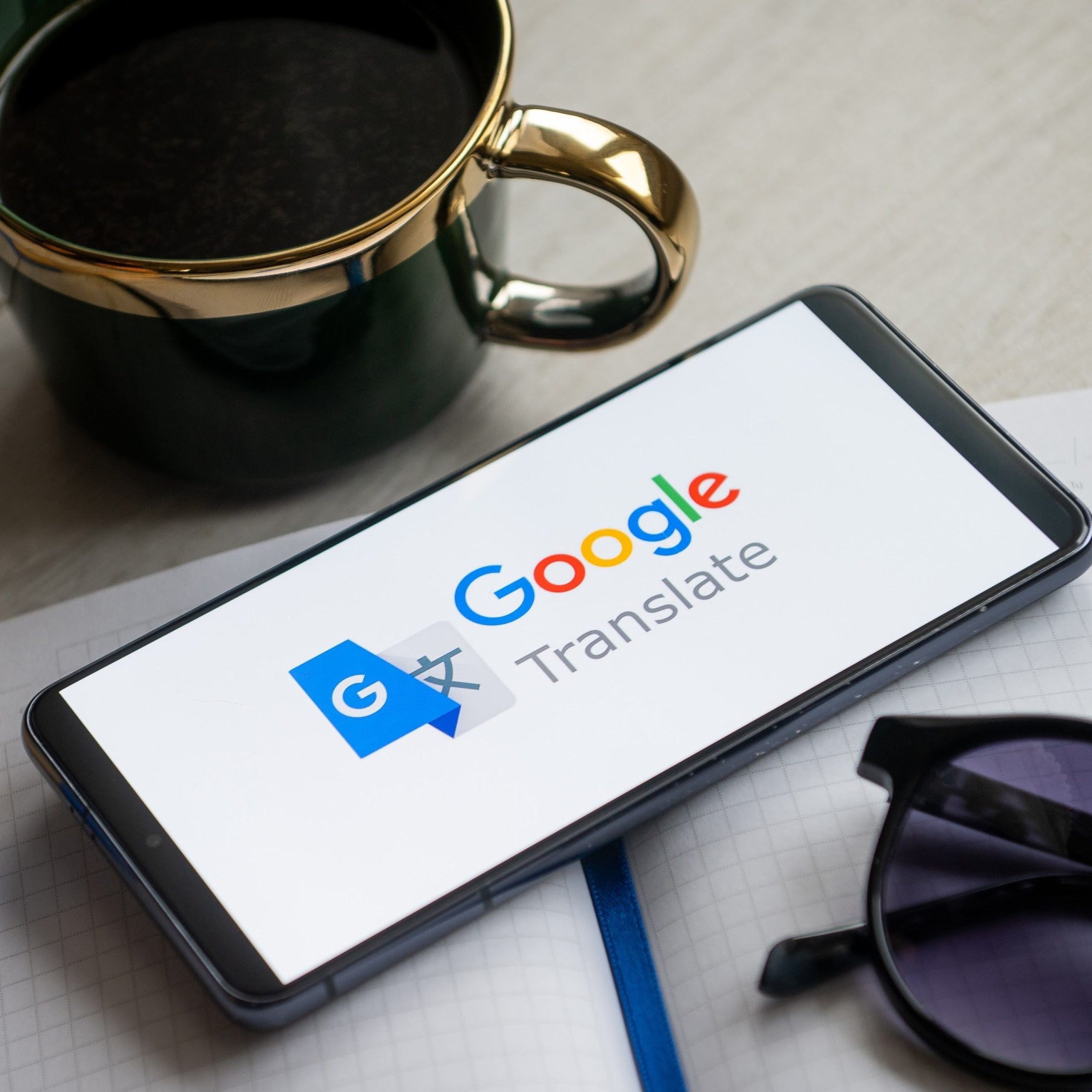In the wake of growing concerns among artists about the encroachment of AI plagiarism into their creative domains, a team of computer scientists at the University of Chicago has unveiled the Glaze program.
Designed as a shield against AI-generated plagiarism, Glaze employs innovative techniques to “cloak” images, rendering them resistant to the attempts of AI tools to replicate an artist’s unique style. This groundbreaking development seeks to protect the emotional and financial well-being of artists while ensuring the continued vitality of the creative industry in an age increasingly dominated by technology.
Glaze safeguards Artists’ unique styles against AI plagiarism
In an era when generative AI threatens to undermine the livelihoods of artists and demoralize the creative industry, the Glaze program emerges as a beacon of hope. Conceived by Neubauer Professors of Computer Science Ben Zhao and Heather Zheng, Glaze is a technological defense mechanism tailored specifically for artists.
According to statements from Zhao, the emotional and financial impact of this technology on artists is undeniably substantial. Zhao revealed that they had engaged with educators who had witnessed students abandoning their art courses due to a perceived lack of prospects within the industry. Also, professional artists have voiced concerns about their artistic styles being replicated without permission, indicating the pressing need for the protective tool in question.
While the team’s earlier creation, Fawkes, gained acclaim for cloaking personal photos to thwart facial recognition models, it proved insufficient for the nuanced task of protecting an artist’s unique style. Unlike faces, an artist’s style comprises intricate details such as color choices and brushstrokes that are not easily camouflaged. To address this challenge, SAND Labs, led by Zhao and Zheng, devised Style Transfer algorithms, akin to the technology used in generative AI art models. Subsequently, these algorithms were integrated into the Glaze program.
Glaze operates by first cloaking an image with Style Transfer algorithms, transforming it into a specific artistic theme without altering its content. Once the transformation is complete, Glaze identifies the distinctive characteristics that have changed in the original image and subtly distorts these features. The altered image is then sent to an AI art generator, which, in turn, leaves little to no noticeable alterations, preserving the original artwork’s integrity.
Google’s SynthID preserves artistic signatures in the digital realm
While Glaze offers protection by cloaking images, Google has unveiled SynthID, an alternative approach to safeguarding the authenticity of digital artwork. SynthID introduces an imperceptible watermark, akin to a digital signature, to digital images. This watermark remains detectable even when common editing techniques like cropping and applying filters are employed.
Pushmeet Kohli, who serves as the head of DeepMind research at Google, emphasized the understated nature of SynthID’s alterations, noting that these modifications remain imperceptible to the human eye. He explained that even when common adjustments such as color changes, contrast modifications, or resizing are applied to the image, SynthID retains its ability to discern that the artwork was generated by AI. In essence, SynthID ensures that an artist’s signature remains intact, irrespective of the digital manipulations performed on their artwork.
A Google DeepMind demo video elucidates, “With SynthID, users can add a watermark to their image, which is imperceptible to the human eye.” According to Google Cloud, it was the first cloud service provider to provide a tool for ethically making and confidently identifying AI-generated photos. Moreover, Google plans to expand SynthID to accommodate various AI models, allowing for broader adoption and potential improvements to the system’s effectiveness over time.
The ever-expanding reach of generative artificial intelligence has sparked concerns within the creative community, particularly among artists. The Glaze program, developed by University of Chicago computer scientists, and Google’s SynthID, offer distinct yet complementary approaches to safeguarding artists’ unique styles and digital artwork. While Glaze operates by cloaking images with Style Transfer algorithms, SynthID introduces an imperceptible watermark to preserve artistic signatures. These technological innovations provide a ray of hope for artists seeking to protect their creative endeavors in an increasingly AI-driven world, and their continued development holds the promise of bolstering the creative industry as a whole.





